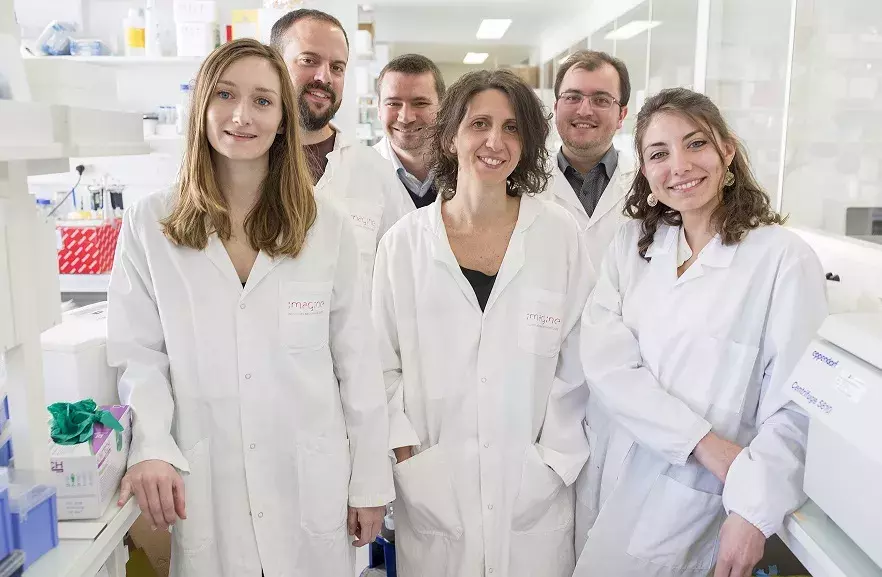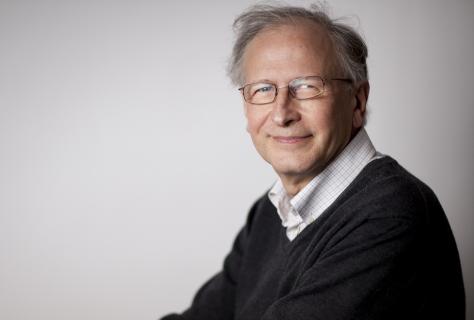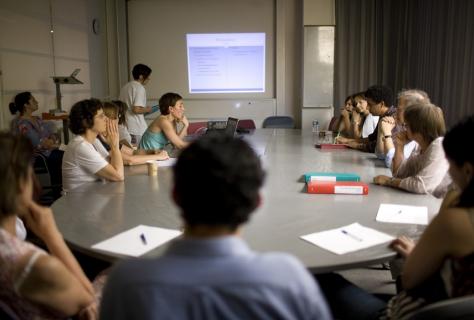Published on
How to help patients without being a doctor? This is the thought that has marked Annarita Miccio's career path. After graduating from high school, she joined a newly created course in Naples on medical biotechnology and it was there, in 1999, that she first heard about gene therapy. It was the very beginning of this new treatment, which was full of hope because it consisted of repairing defective genes in order to eradicate the disease. The first trials that demonstrated its effectiveness, in this case to treat an immune deficiency, were in fact carried out in 1999 at the Necker-Enfants malades hospital by Pr Alain Fischer, professor at the Collège de France and first director of imagine from 2012 to 2016. The die is cast: Annarita Miccio will devote herself to the study of gene therapy. However, for the head of the laboratory where she is an intern in Naples, this approach has no future. She then decided to do her thesis in one of the two leading laboratories in this field in Europe, in Milan.
Despite their success, the first tests carried out in Paris, the other leading laboratory in this field, had revealed a risk: if the vehicle responsible for introducing the normal gene into the cell is inserted in the "wrong" place in the genome, it can turn on other genes with pathogenic powers, such as genes that accelerate the risk of cancer.
Finding the right vehicle to introduce the right gene
Annarita Miccio is therefore going to work on developing another vector to carry the gene into the heart of cells, a lentivirus, a virus of the HIV family. "Viruses infect cells. They are therefore ideal candidates for bringing a functional copy of a gene into a cell," explains Anarita Miccio. Once stripped of their pathogenicity, lentiviruses integrate quite easily into a cell's DNA."
In terms of pathology, the researcher focused on a genetic hemoglobin disease with a high incidence in Mediterranean countries: beta-thalassemia. "This disease is characterized by a defect in the expression of globin-β, one of the essential components of hemoglobin," she recalls. After 6 years of study, in 2008, the preclinical tests were conclusive and it is now possible to test this lentivirus in patients. Since then, in 10 years, 10 patients have been treated with this approach.
Meanwhile, Annarita Miccio had already moved on to other challenges and joined a basic research team in Philadelphia to study how genes, and particularly globin, are expressed in the cell. I had done the rounds with lentivirus," she recalls. Studying the fundamental mechanisms of these blood cells allowed me to see a way to cure pathologies due to a globin defect, beta-thalassemia of course, but also sickle cell disease.
Thinking differently about gene therapy
It all started with the long-standing observation of several cases of patients who carry the genetic alteration that causes these two diseases but do not develop the disease. The reason is simple: due to another genetic alteration, they continue to produce fetal hemoglobin, globin-γ, which is supposed to be expressed only during fetal development. Most patients with β-hemoglobinopathies have an unaltered form of the gene coding for this protein. The idea of Annarita Miccio - and other researchers around the world - is to reactivate in thalassemic and sickle cell patients the globin-γ to compensate for the absence of the mutated globin-β.
The researcher has since joined the Imagine Institute to create her own research team, "Chromatin and Gene Regulation during Development," labeled an emerging team at the University of Paris. "This is the ideal place to develop projects involving doctors and researchers. No other place would have allowed me to advance so quickly in my research and especially in its application for the benefit of patients. Most of the doctors at Imagine are also scientists, which facilitates the dialogue with them," describes Annarita Miccio.
Since arriving at Imagine, she has shown that the genetic sequences responsible for blocking globin-γ expression can be modified, including a DNA sequence that inhibits globin γ production after the fetal development phase. Its deletion, using CRISPR/Cas9 "genetic scissors," reactivates globin-γ synthesis at levels sufficient to be considered in future therapeutic protocols. At this stage, clinical trials with CRISPR/Cas9 are still in their infancy and we don't yet know if they will be as effective as in the laboratory," says the researcher. But I hope very soon to be able to treat the first patients."
And to get there, the ERC grant will be a tremendous boost that will allow her to recruit new people. At the same time, she also plans to "dig into" a brand new therapeutic approach, called Base Editing. Genetic scissors need to break DNA in order to repair it, and creating a break in the DNA of stem cells in particular is not totally harmless," explains Annarita Miccio. With base editing, it is possible to modify a base - one of the letters that make up the genetic code - of the DNA without breaking it. Many genetic diseases result from a 'simple' error in a DNA base. Once again, the young team leader is looking to the future, and this head start is invaluable for young patients with genetic diseases awaiting treatment.
In 2021, Annarita Miccio is the recipient of the Outstanding New Investigator Award from ASGCT, the American Society for Gene and Cell Therapy, for her work and accomplishments in the field of gene therapy, with a focus on hemoglobinopathies.







